
If you have ADHD, one has likely noticed that typical advice doesn’t always work for your brain, and I’ve learned that the hard way after years of forcing myself into neurotypical solutions that left me more frustrated than focused. The comfort habits that actually help aren’t the ones you’ll discover in generic productivity guides—they’re specific strategies that work with your ADHD wiring instead of against it, and honestly, some of them might surprise you with how simple yet effective they can be.
Key Takeaways
- Use sensory reset tools like noise-canceling headphones, weighted lap pads, and fidget toys to manage overwhelming moments effectively.
- Transform restless energy into productivity with movement breaks like 5-minute walks, jumping jacks, or dancing to one song.
- Practice “good enough” cleaning with 15-minute daily resets using timers and visual cues instead of pursuing perfection.
- Combat isolation and task paralysis through body doubling platforms like Focusmate, Flow Club, or Discord coworking servers.
- Create 2-3 minute transitioning rituals using multiple senses to signal your brain before switching between activities.
Create a Sensory Reset Toolkit for Overwhelm Moments
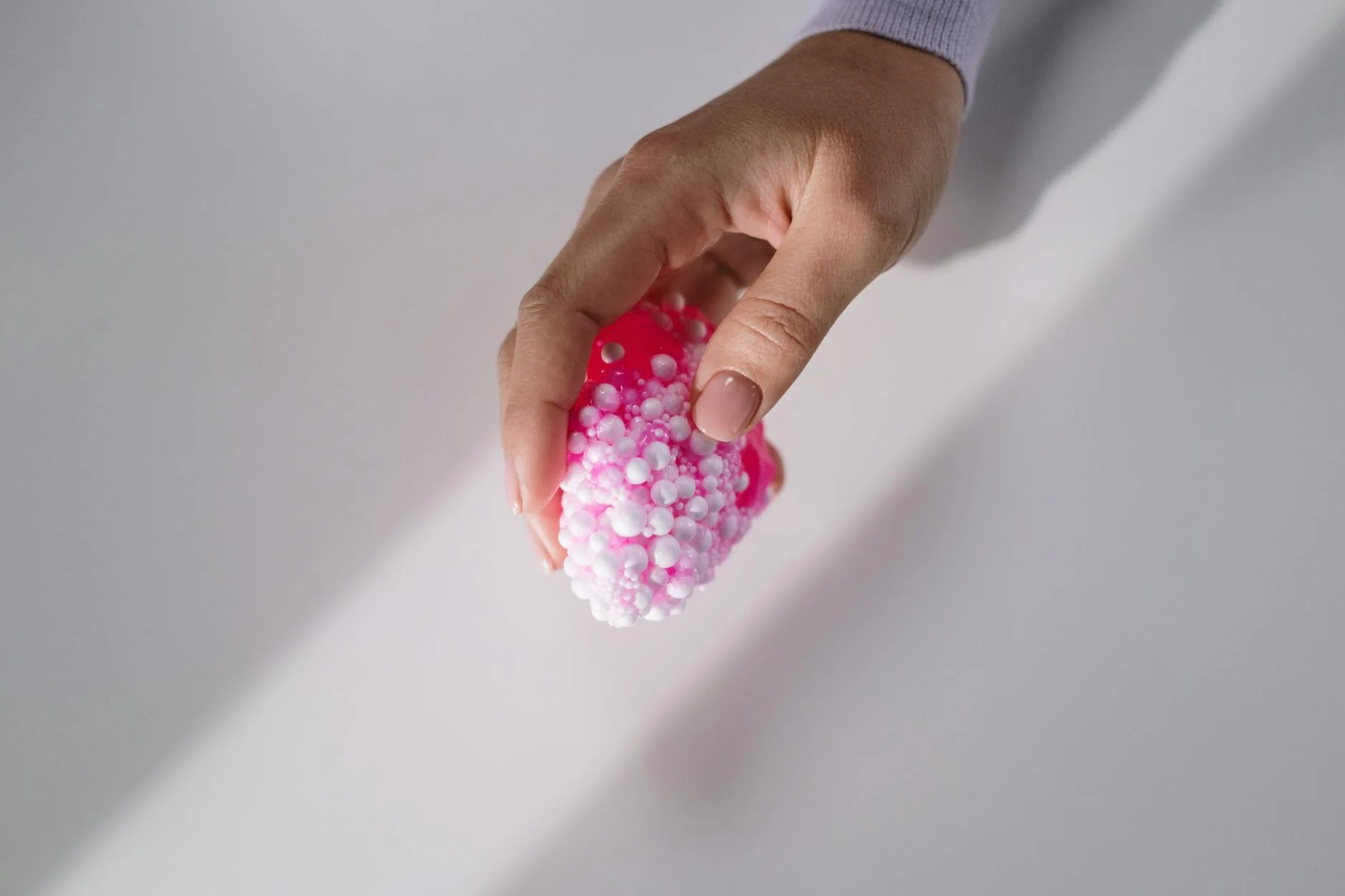
The moment when sensory overload hits, you’ll need a carefully curated toolkit that’s within arm’s reach, because scrambling around looking for comfort items when your nervous system is already firing on all cylinders is like trying to find your glasses while you’re having a panic attack—technically possible, but not exactly ideal timing.
I’ve noticed that having a designated basket or drawer stocked with noise-canceling headphones, fidget toys like Thinking Putty, weighted lap pads, and essential oils creates an instant reset button for your overwhelmed brain.
In my experience, the key is testing these tools during calm moments first, so when chaos strikes, you’re not fumbling with unfamiliar textures or discovering that peppermint oil makes you sneeze.
Consider using clear containers for your sensory toolkit since visible storage works better for ADHD brains than hidden compartments where items can easily be forgotten.
Build Movement Breaks Into Your Natural Rhythms
When your body starts sending those familiar ADHD signals—leg bouncing, pen clicking, that restless energy that feels like electricity running through your veins—it’s actually trying to tell you something important about your natural movement needs, and I’ve learned that fighting against these rhythms is like swimming upstream when you could just turn around and let the current work for you.
| Low Energy Signals | Movement Break Options |
|---|---|
| Brain fog, sluggish thinking | 5-minute walk, jumping jacks, desk stretches |
| Fidgeting increases | Stress ball, standing desk, pace while reading |
| Focus completely gone | Dance to one song, pushups, stair climbing |
I’ve noticed that honoring these signals transforms restless energy into productive fuel, giving you control over your attention span. This approach works particularly well when combined with time management techniques like the Pomodoro method, which naturally incorporates breaks into your workflow structure.
Develop a “Good Enough” Cleaning System That Sticks
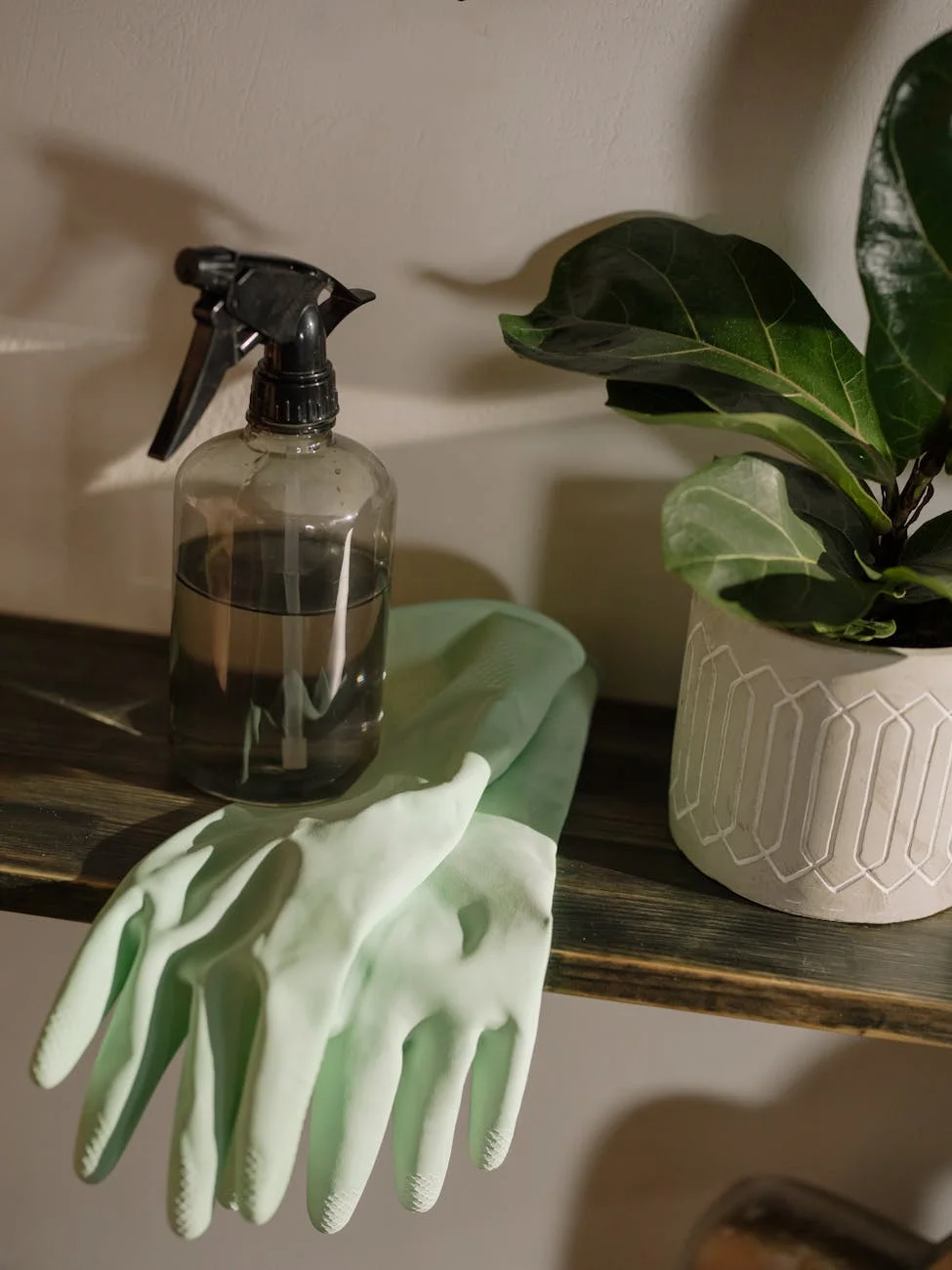
In my experience, a simple 15-minute daily reset combined with visual cleaning cues scattered around your space can transform overwhelming household chaos into manageable, bite-sized tasks that actually stick.
I’ve noticed that when one stops aiming for magazine-worthy perfection and embrace the beautiful art of “good enough,” cleaning becomes less about judgment and more about creating a space where you can actually function and feel comfortable.
Just like how your circadian rhythm thrives on consistency, establishing a predictable cleaning routine at the same time each day helps reduce the mental energy required to make decisions about when and what to clean.
15-Minute Daily Reset
Five minutes mightn’t seem like much time to tackle the chaos that seems to multiply in every corner of your living space, but I’ve discovered that this small window can become your secret weapon against the overwhelming mess that makes your ADHD brain want to shut down completely.
I’ve noticed that setting a timer for exactly five minutes creates this magical pressure that actually works with your ADHD brain instead of against it. In my experience, you’ll grab dishes faster, toss clothes into hampers with surprising efficiency, and clear surfaces like you’re competing in some bizarre home organization Olympics.
The timer becomes your accountability partner, pushing you forward when executive dysfunction tries to convince you that straightening one magazine requires a three-hour commitment.
Visual Cleaning Cues
Because your ADHD brain processes visual information differently than neurotypical brains, I’ve learned that creating obvious visual cues throughout your home can trigger cleaning actions without requiring you to recall or mentally plan each task.
I’ve discovered that placing a small basket on my kitchen counter immediately reminds me to collect items that don’t belong there, while colorful sticky notes on bathroom mirrors prompt quick wipe-downs.
In my experience, the key is making these cues impossible to ignore—I use bright yellow microfiber cloths that practically scream “use me” when I walk past surfaces. Visual timers like the Time Timer also work brilliantly, because seeing that shrinking red section creates urgency that my brain actually responds to, unlike abstract cleaning schedules.
Use Body Doubling to Combat Isolation and Task Paralysis

If you’re like me and find yourself staring at your to-do list while your brain feels like it’s stuck in molasses, body doubling might become your new secret weapon for getting unstuck. I’ve discovered that having another person nearby—whether they’re working on their own tasks or just existing in the same space—creates this magical accountability bubble that somehow makes my executive dysfunction less paralyzing, and the best part is you don’t even need to leave your house to make it work.
From understanding what body doubling actually means to exploring virtual options that won’t drain your social battery, plus strategies I’ve learned for maximizing the benefits without turning it into another source of pressure, this approach has genuinely transformed how I tackle overwhelming tasks. This technique is especially powerful for those of us who struggle with task paralysis, where we feel frozen and unable to start even the simplest activities on our endless to-do lists.
What Is Body Doubling
Body doubling transforms the overwhelming silence of working alone into a gentle, supportive presence that makes tackling difficult tasks feel surprisingly manageable. I’ve noticed it’s fundamentally having someone nearby while you work, creating accountability without judgment or pressure.
| Solo Work Reality | Body Doubling Magic | Your Power Move |
|---|---|---|
| Endless scrolling, zero progress | Focused energy, tasks completed | Take control of your environment |
| Crushing isolation weighs you down | Shared presence lifts your spirit | Command your productivity |
| Tasks feel impossibly overwhelming | Everything becomes doable | Master your executive function |
| Procrastination spiral deepens | Momentum builds naturally | Own your success |
In my experience, your body double doesn’t need to work on similar tasks, they just need to exist in your space, whether virtually through Zoom or physically beside you.
Virtual Body Doubling Options
When the thought of leaving your house feels like climbing Mount Everest in flip-flops, virtual body doubling becomes your productivity lifeline that connects you to supportive humans without requiring pants or social energy. I’ve noticed platforms like Focusmate work brilliantly for one-on-one sessions where you share your goals, work silently together for fifty minutes, then check in afterward.
For group energy, I’ve found Flow Club offers drop-in coworking rooms with gentle accountability partners who won’t judge your bed head or coffee-stained shirt. Discord servers dedicated to body doubling provide free 24/7 options, though the quality varies wildly depending on moderators. In my experience, scheduling these sessions creates powerful commitment anchors that transform overwhelming tasks into manageable, witnessed accomplishments.
Maximizing Body Doubling Benefits
Although virtual body doubling platforms provide the framework, I’ve discovered that strategic preparation and intentional engagement turn these sessions from passive background noise into powerful tools that dissolve both the crushing weight of isolation and the paralyzing grip of task avoidance.
You’ll maximize your sessions by entering with a clear task list, announcing your goals to create accountability, and choosing companions whose energy matches your needs. I’ve noticed that positioning yourself where others can see your workspace creates gentle pressure that keeps you honest, while scheduling regular check-ins prevents you from slipping into mindless scrolling.
In my experience, treating these sessions like professional meetings rather than casual hangouts transforms your productivity and builds the momentum you need to tackle even your most intimidating projects.
Design Transition Rituals That Signal Your Brain to Shift Gears
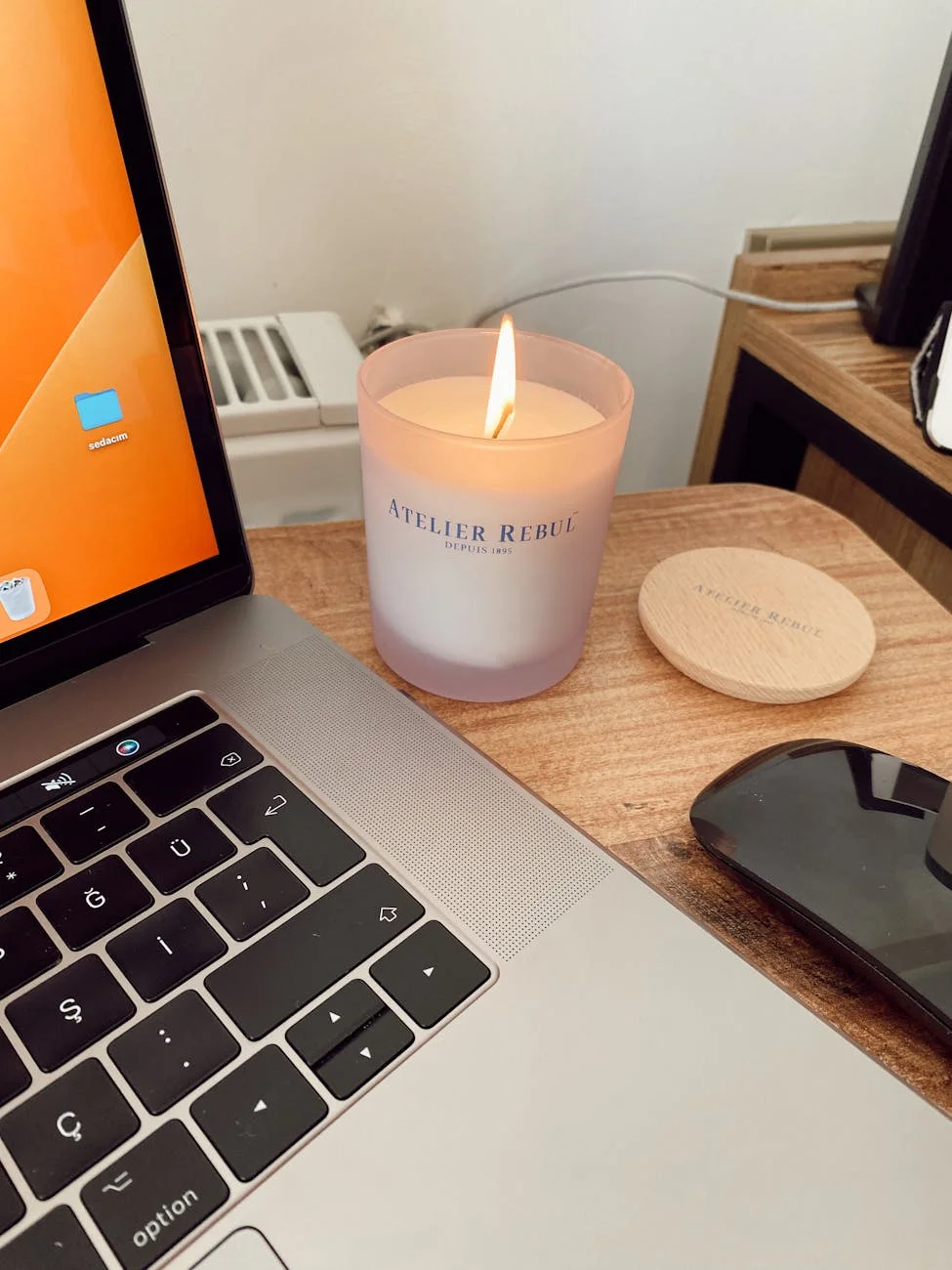
Most ADHD brains struggle with what I call “mental gear grinding” – that jarring feeling when you’re trying to shift from one activity to another without any warning or preparation. I’ve noticed that creating specific transitioning rituals gives your brain the heads-up it desperately needs to shift gears smoothly.
In my experience, the most effective rituals involve multiple senses and take 2-3 minutes. Before switching tasks, I’ll set a timer for three minutes, stand up and do five jumping jacks, then say out loud what I’m shifting from and to. Some people prefer lighting a specific candle, playing a particular song, or even changing their shirt – whatever signals your brain that change is coming, not ambushing it.
These transition challenges often stem from differences in executive functions like decision-making, which affect how ADHD brains process shifts between activities.
Practice Micro-Meditations for Racing Thoughts
Since traditional meditation can feel impossible when your brain resembles a browser with forty-seven tabs open and three of them playing music, I’ve discovered that micro-meditations – those tiny 30-second to 2-minute mental breaks – work much better for ADHD minds than sitting still for twenty minutes trying to achieve some mystical state of zen.
I’ve noticed that simple techniques like the 4-7-8 breathing pattern (inhale for four counts, hold for seven, exhale for eight) instantly calm racing thoughts during overwhelming moments. In my experience, apps like Headspace’s SOS sessions or even setting a phone timer for sixty seconds while focusing on three things you can hear around you creates immediate mental space. These micro-moments give you back control when your thoughts spiral.
This approach is particularly effective for women with ADHD, who often describe the feeling of constantly having their brain juggling multiple tasks at once, making traditional meditation practices feel overwhelming rather than calming.
Establish Flexible Evening Wind-Down Routines
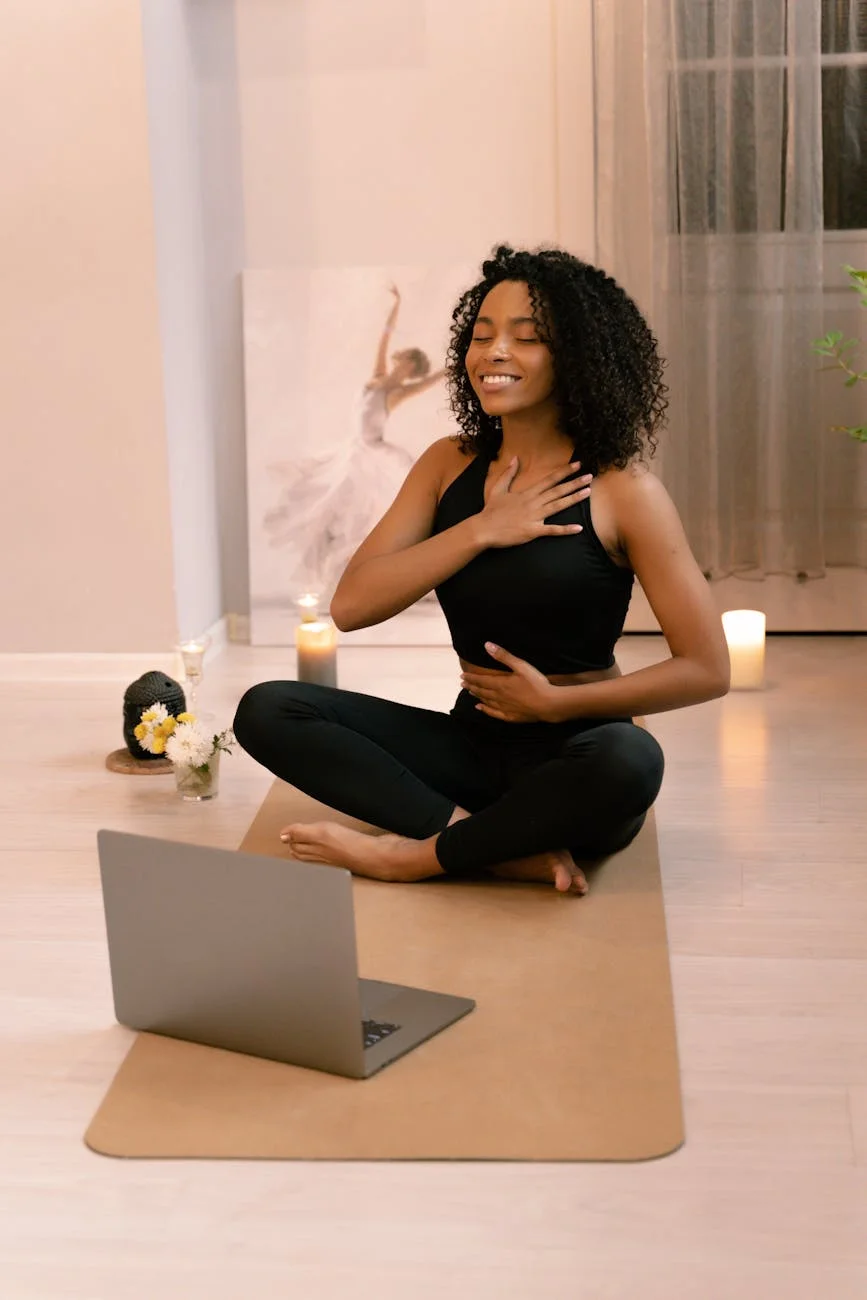
Three different evening routines rotate through my week because I’ve learned that rigid bedtime rituals feel like prison sentences to ADHD brains that crave novelty, and I’ve discovered that having multiple flexible options actually helps me wind down more consistently than forcing myself through the same boring sequence every single night.
You can create your own rotation system by designing three distinct approaches – maybe Monday’s routine involves a hot bath with Epsom salts and reading fiction, Wednesday’s focuses on gentle yoga stretches while listening to podcasts, and Friday’s centers around journaling with herbal tea.
I’ve noticed that rotating between these options keeps my brain engaged enough to actually follow through, while still achieving that pivotal transformation from day-mode chaos to sleep-ready calm.
This approach leverages one of our ADHD superpowers – the ability to think outside the box and find creative solutions that work with our brains rather than against them.
Conclusion
I’ve found that these seven habits work because they’re not about perfection, they’re about progress, and honestly, that’s been a game-changer for me. You don’t need to implement all of them at once—pick one or two that resonate with you and start there. In my experience, the key is consistency over intensity, so be patient with yourself as you build these new routines into your life.


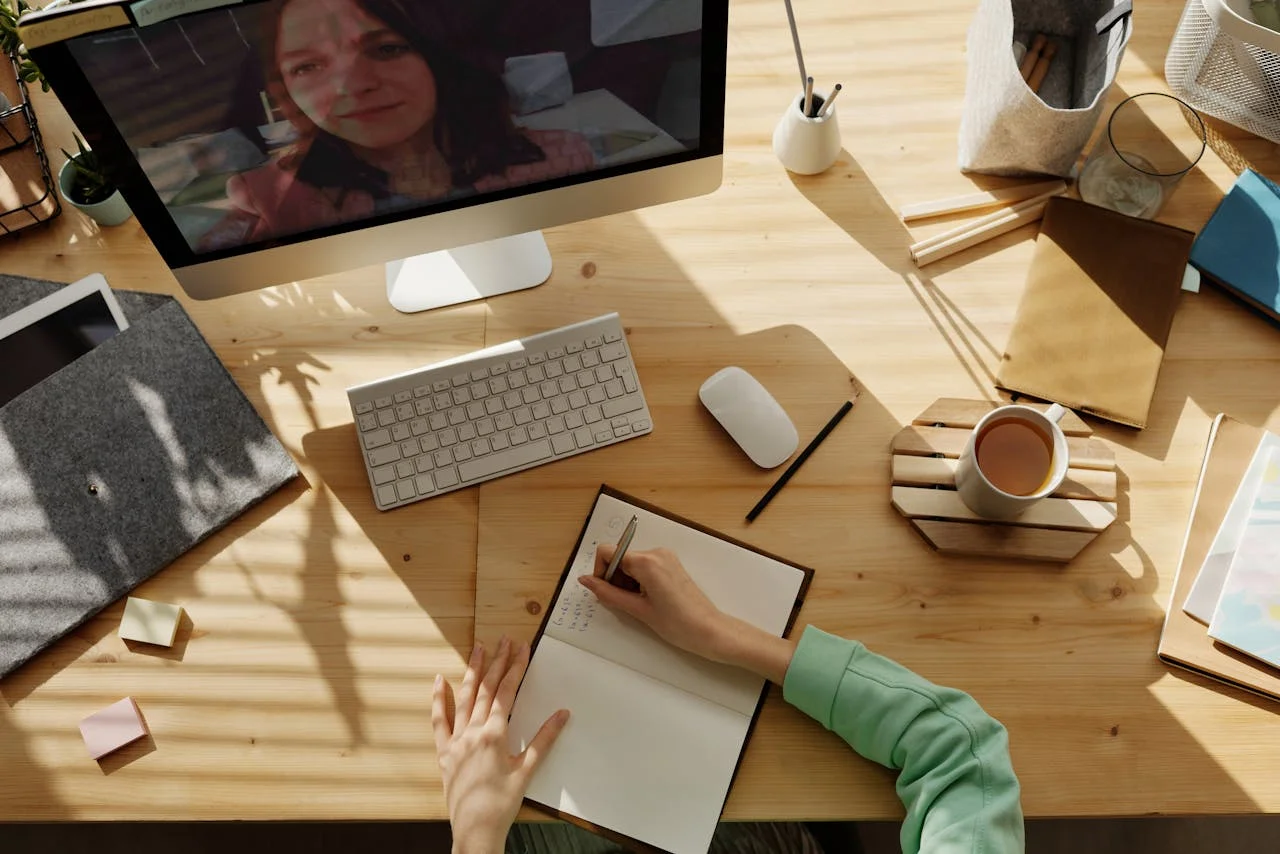
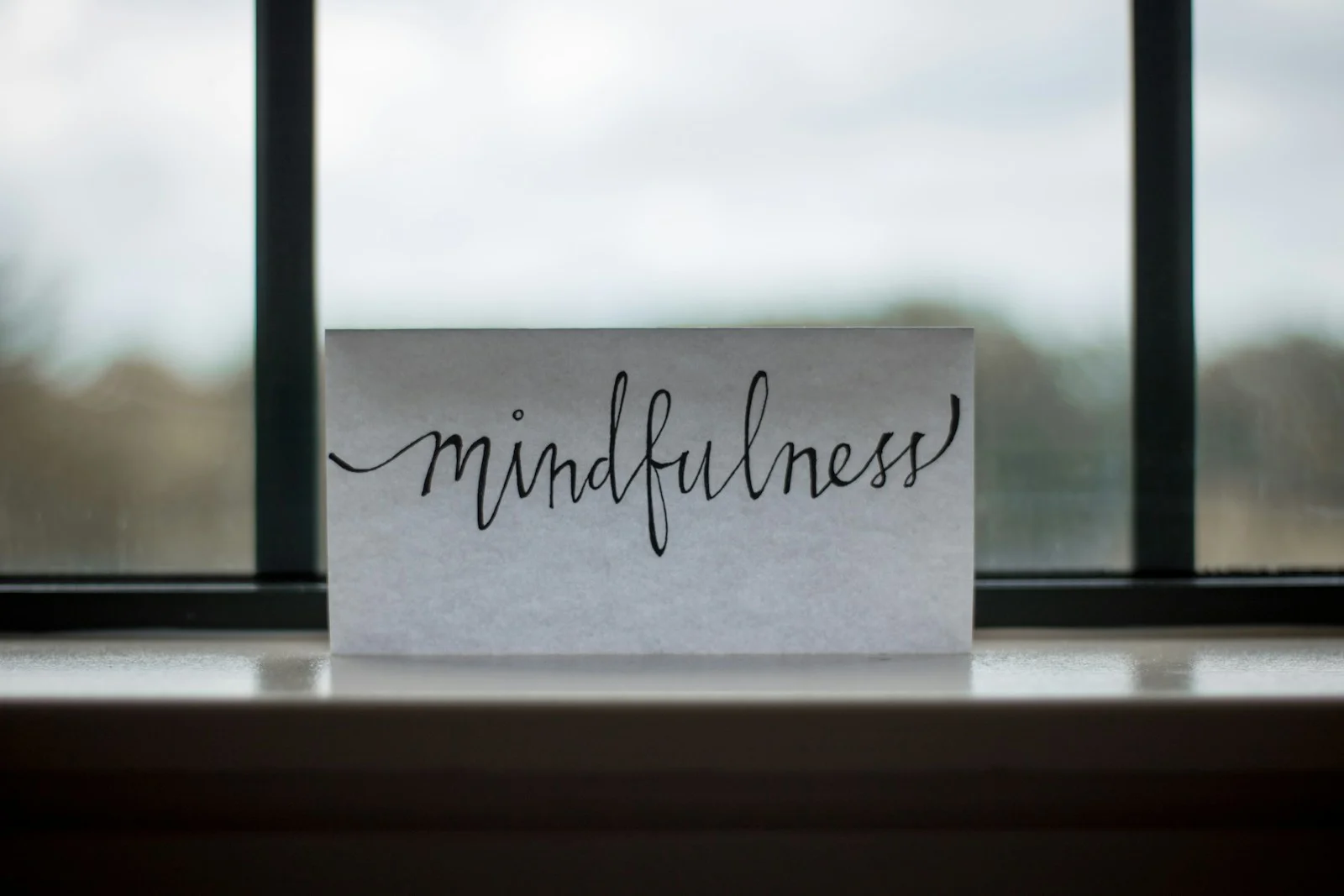

Leave a Reply